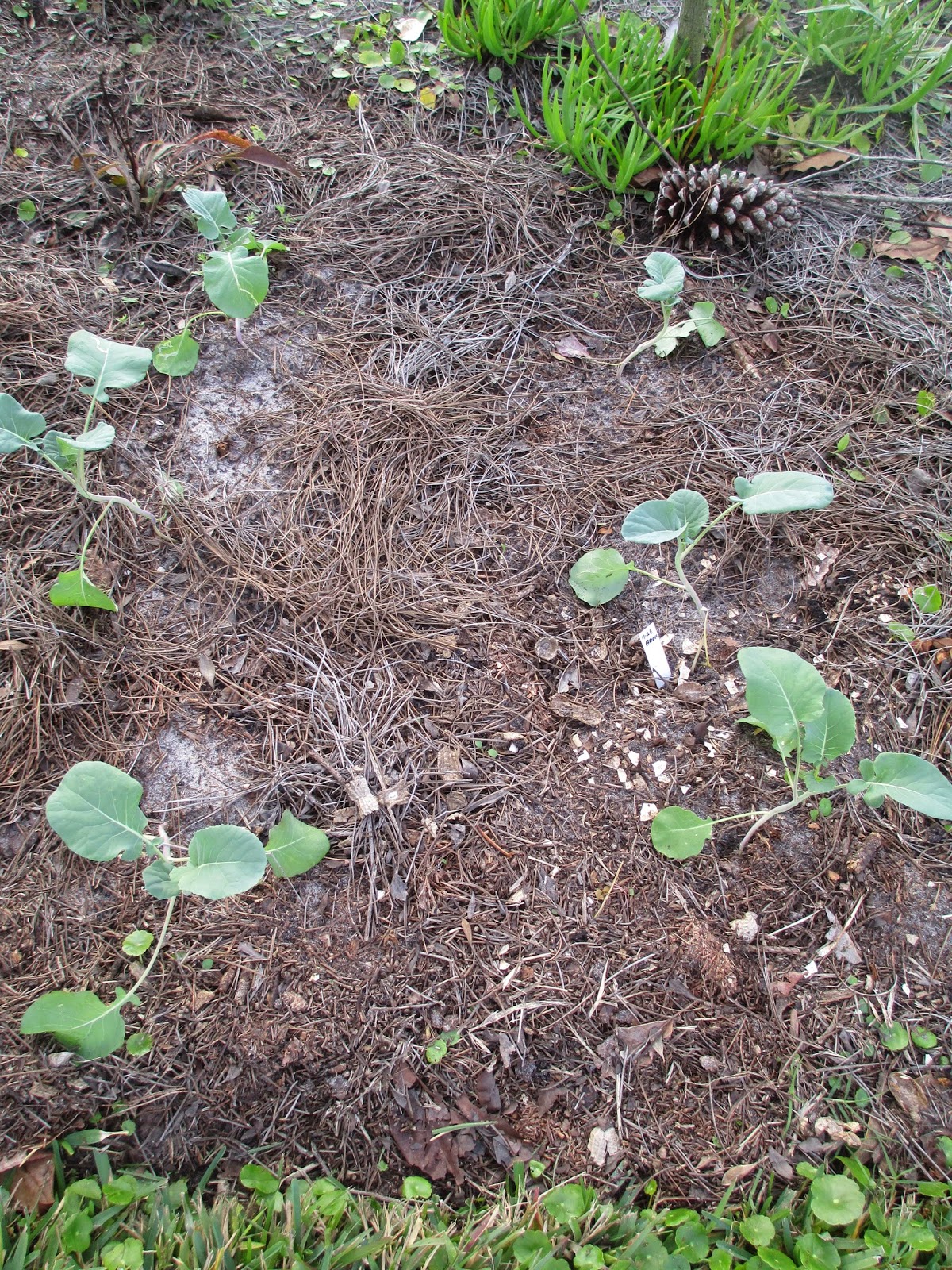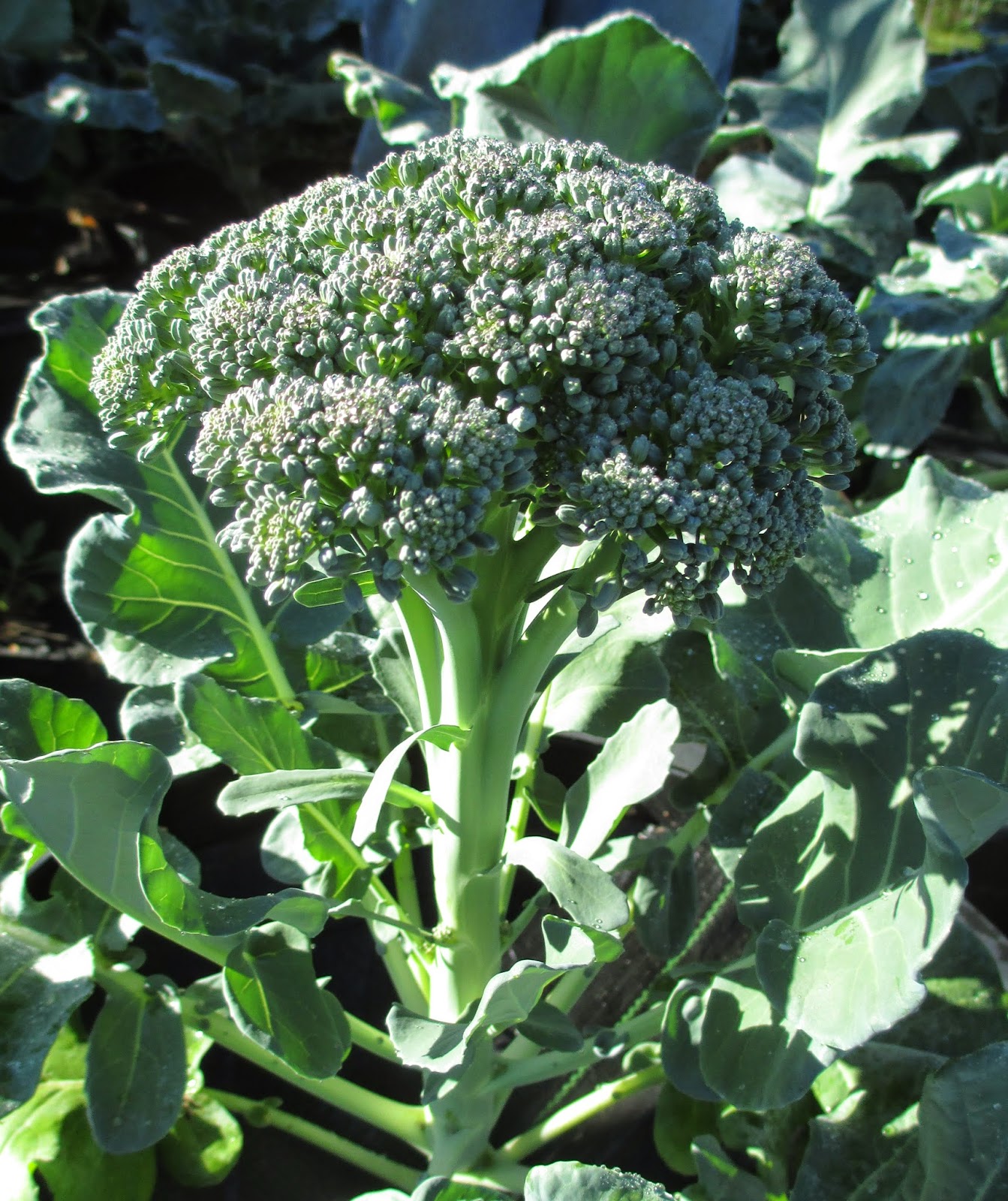For every major holiday, we have a tradition of enjoying deviled eggs.
They were made the same way for years,
but something better was found and we wanted to pass it on.
Depending on how fresh the eggs are,
they can be difficult to peel.
Our eggs are usually only a day or two old since we get them from a local farmer.
One trick is to refrigerate eggs for a week
One trick is to refrigerate eggs for a week
before hard boiling them, to make them easier to peel.
Steaming!
The eggs were steamed for 20 minutes
and then placed into a bowl of cold water (this prevents the green ring) for 10 minutes.
The eggs were lovely, cooked just right
and oh-so easy to peel.
Even Big K commented on how perfect the eggs came out,
with yolks square in the middle and smooth sides.
They were scrumptious, but even better since there was no struggle with peeling.
Before placing these in the fridge with a cover,
an egg cup is used in the center to keep the plastic wrap up and off of the eggs.





















































